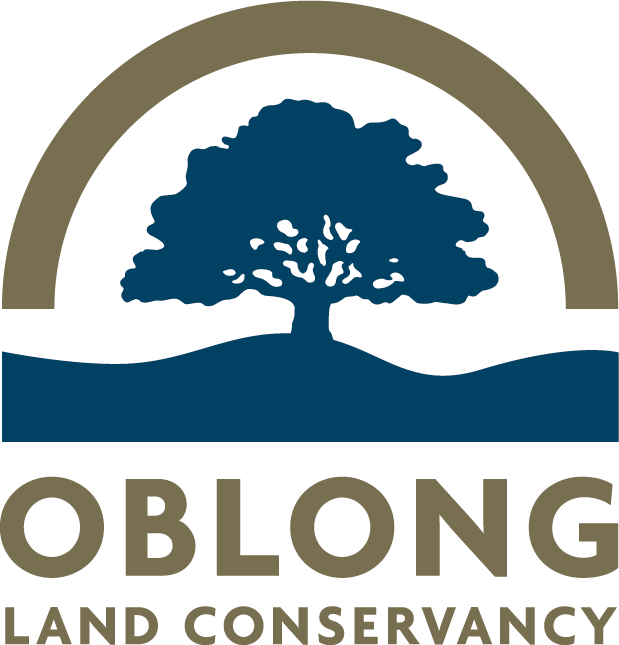The news from Beebe in Arkansas, Point Coupee in Louisiana and, indeed, Sweden is troublesome if you are a bird lover. By the time you read this we will probably know more but it sounds as though in the case of the Beebe event it was trauma associated with fireworks that caused all these red-winged blackbirds to literally drop out of the sky. In an effort to avoid the explosions the birds are believed to have flown at low altitudes and collided with things not normally in their flight paths. It seems that these events involving mass die-offs are not so rare. This leads to another disturbing aspect concerning our feathered friends – there seems to be far fewer of them around the bird feeders this year. At least it seems that way when viewed from your Editor’s perch.
This could be put down to a variety of causes including different food. However, we have used the same supplier for years. It could be the weather since that has been more than usually capricious. But neither of these seems to provide a satisfactory answer since the demands placed upon our bird feeders over the last few years have been declining. We have no scientific data to back this up but there are definitely fewer birds and nothing like the same variety. Perhaps something else is at work.
Recently we were lent a rather interesting book entitled Bringing Nature Homeby Douglas W. Tallamy. He is Professor and Chair of the Department of Entomology and Wildlife Ecology at the University of Delaware in Newark, DE. Tallamy has authored dozens of articles on the relationship between plants and insects and his book provides some real insight into sustainable biodiversity. The point in issue is the unbreakable link between native plant species and native wildlife.
The relationship between the impact of development, habitat destruction and the impact of invasive or non-native plant species does not seem to have attracted a lot of attention thus far. Tallamy does sterling work in drawing together a lot of the disparate research and how it all plays into, for example, how many birds there are squabbling to get to the sunflower seeds or the suet cake suspended outside our windows.
The principal point that is made concerns the importance of plant life. One does not often think about this but it is vegetation in its multiplicity of varieties that sustains most of the higher forms of life on the planet. Without plants and the miracle of photosynthesis there would be no oxygen and precious little to eat. The sun’s energy gets converted to plant life, which in turn gets consumed by all sorts of things, including us.
The essential message seems to be that there are fewer birds around because there is less food for their young. This makes sense when one considers that the principal source of food for young birds is insects which operate as a kind of vehicle for transforming leaves into something much more appetizing and nutritious. How many adult birds does one see feeding its young dandelion leaves as opposed to caterpillars or spiders?
It turns out that insects are at least as picky eaters as most of us. If the right kind of vegetation does not exist the insect moves on or dies out and the source of nourishment that it provides to others up the food chain vanishes. This means that those that rely on insects for their sustenance either have to skip town or adapt.
This is a key point. As invasive or non-native species of plants establish a beachhead in an area so they drive out the natives with all sorts of unintended consequences.
By way of example Tallamy notes that many suburban gardens sporting well manicured lawns and generously appointed flower beds are as damaging to the delicate balance of native flora and fauna as filling in a wetland. Many of the non-native plants, shrubs and trees that we plant are not readily digestible by many of the participants in the complex web of life that makes up our ecosystem. They may look nice but they do not provide an appropriate source of food. Just think of those acres of lawns in the countless sub-divisions across the nation that are now inhospitable to countless forms of insect life.
One of the questions that may arise is what is an invasive? Fair question but there is no easy answer. The mere fact that something has been established here for 100 years does not make it a native in the eyes of a hungry caterpillar. It turns out that most insects adapt their diets at a glacial pace, if at all.
One of the telling tables in the book reveals that Clematis vitalbahosts some 40 species of herbivore in its host country. Yet, despite having been in North America for 100 years it supports only a single herbivore. Phragmites australis, that bane of pond owners has been here over 300 years. At home in Europe it supports some 170 species but only 5 species of herbivore here. So, if you are an insect partial to whatever Phrag has displaced you are out of luck and so is everything else that forms part of the food web of which that insect was itself a part.
So where does this leave us? The title of Tallamy’s book gives us a clue; bring Nature home. At its most simplistic it means simply planting natives rather than nonnative plant species. That will support the food web that is necessary to feed the bugs that will feed the birds. The point is that just as that famous spiritual poem tells us . . . the leg bone is connected to the knee bone . . . we are all connected to everything else.
Chris Wood
Chairman
